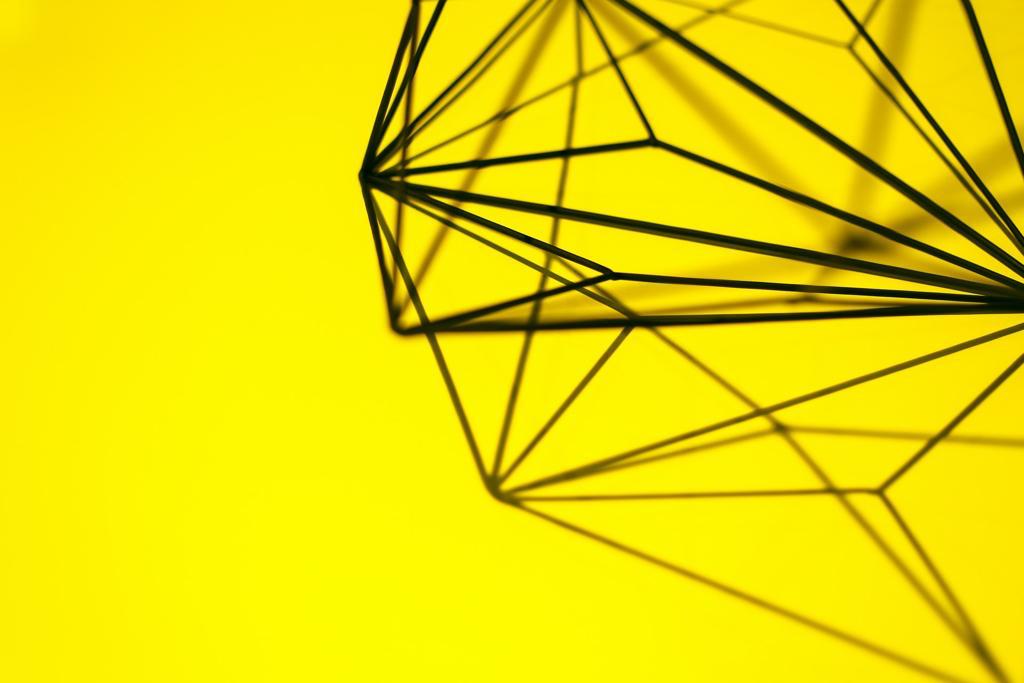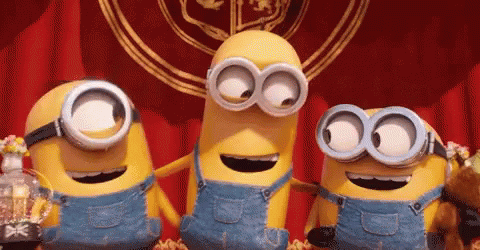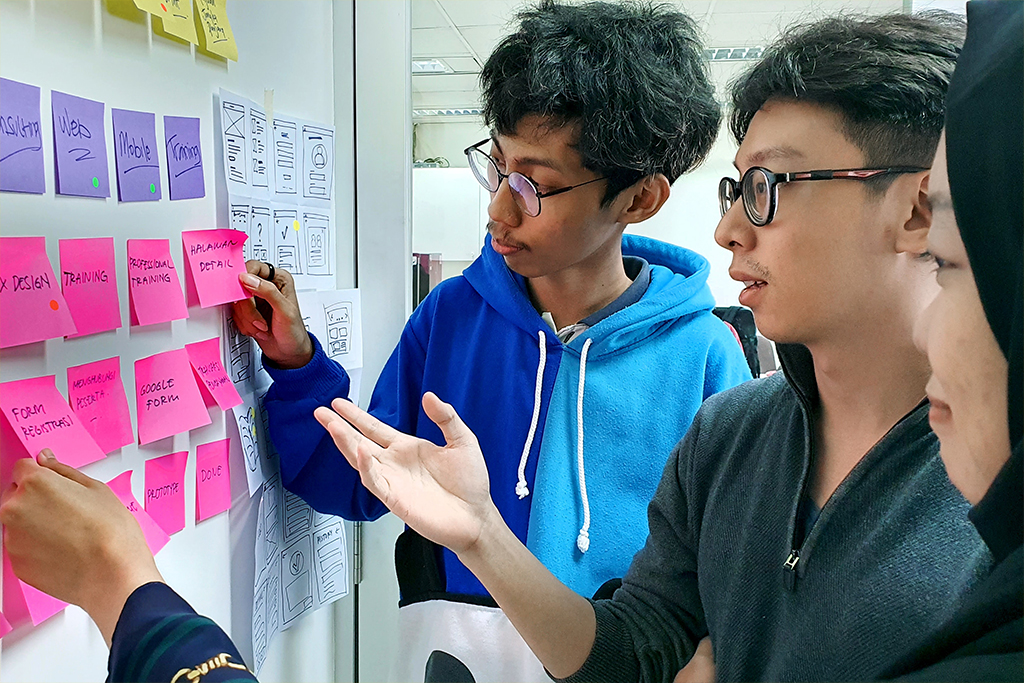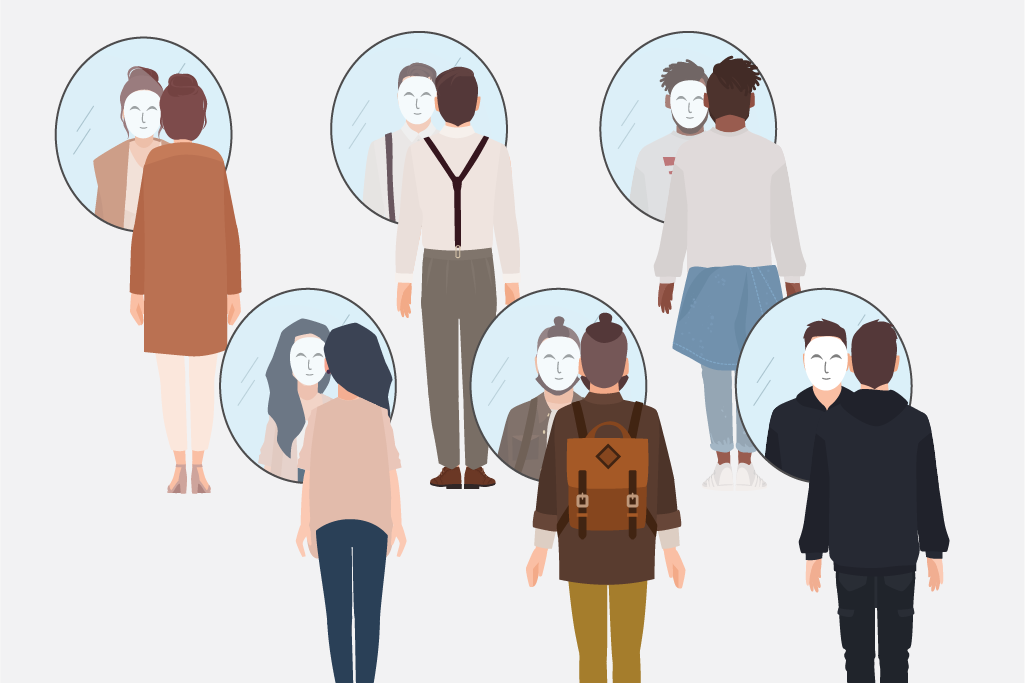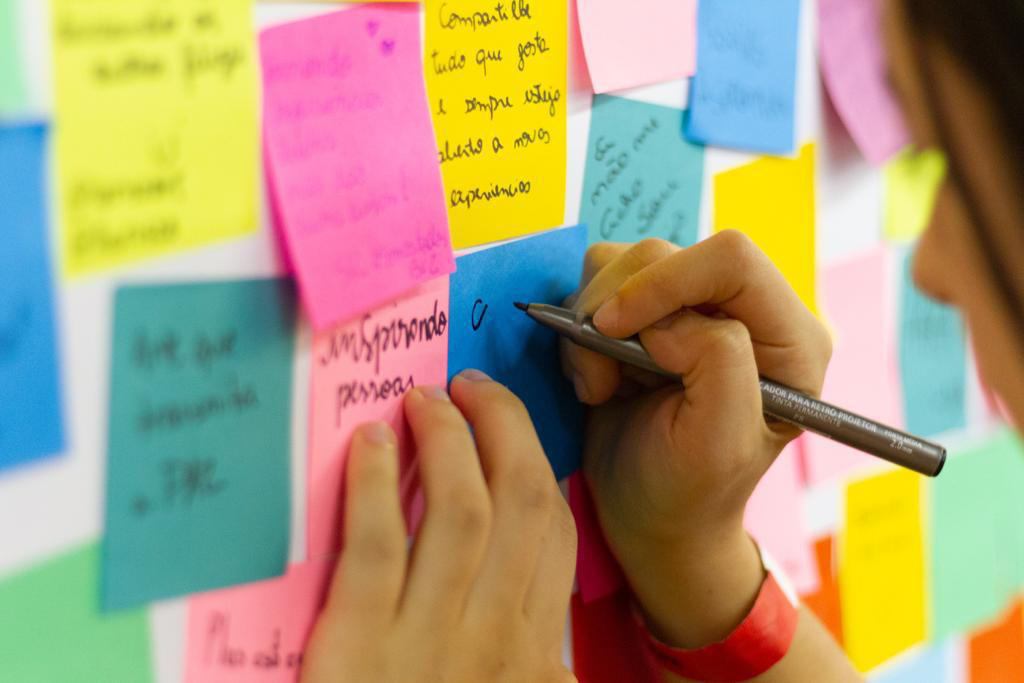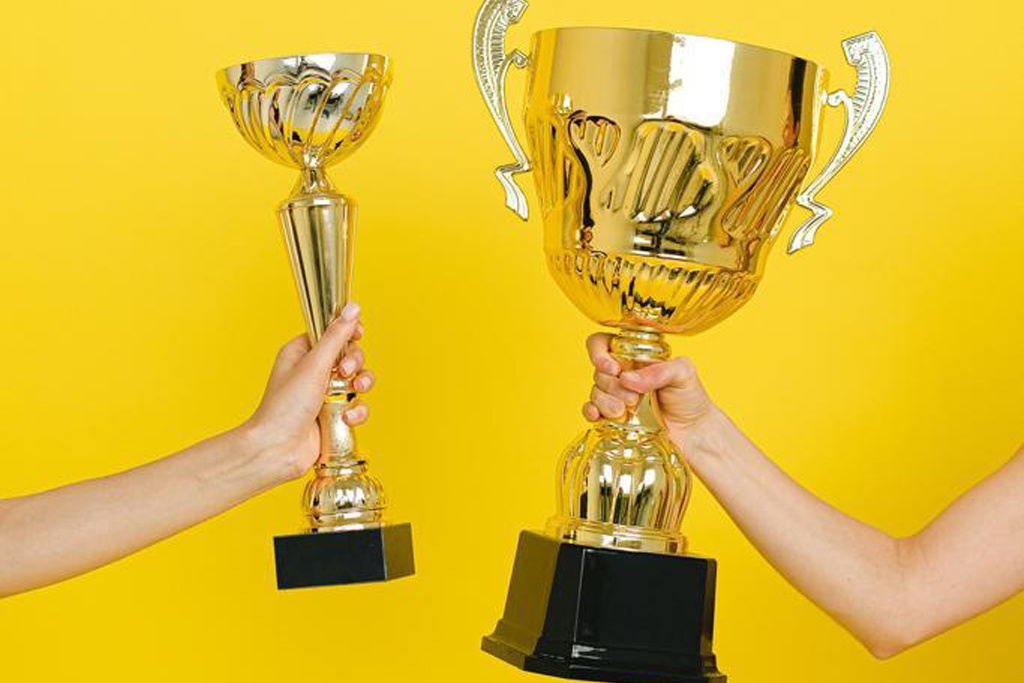What makes a Product Designer?
Product Designer vs UX Designer?
What do we look for when we hire and what kind of team members we are building!

Recently, I had an interesting opportunity to speak to students in the current UX Design Immersive cohort at General Assembly.
These amazingly eager students are going to join the workforce soon and start shaping up the UX industry in Singapore and hopefully bringing new meaning and dimensions to UX and Product Design.
But as of now it’s still very rare to find 2 companies, and sometimes even 2 teams, that have the same definition on what makes a Product Designer, UX Designer etc..
In Zinier we knew that we wanted to move the team to Product Designers and bounced these definitions around for a while and now we feel it’s starting to settle in and grow on us 🙂
So when I was asked “what is a Product Designer?”, I tried my best to give them what it actually means to us.
Product Designer
First and probably the most important aspect is that a Product Designer really makes sense in a product company. It probably won’t make sense in a team that builds micro-sites or one-off projects for clients.
A Product Designer will be growing a product and seeing it through different stages of user adoption and continuous improvements.
At Zinier
Working in Squads
We structure our teams into small and highly specialised, highly collaborative squads.
Each squad will normally have:
- A Product Manager
- A Product Designer
- A small team of Developers
And each squad will own and drive an important part of our product, for example one squad will be owning all our Automation and Scheduling, while another one will be owning the experience of Field Technicians and all their communication with the back office.
The Product Designer’s role in a squad
The Product Designer like the rest of the squad team members is a co-owner of the scope of work.
The Product Designer is responsible for the following iterative process:
- Working with the PM to define the problem space and scope of what we want to build/achieve
- Planning together on how best to approach the discovery/design process
- Coming up with ideas, concepts and prototypes and rounding up all the assumptions and hypothesis
- Testing out the concepts and hypothesis and validating the assumptions with developers, users, stakeholders, SMEs..
- Iterating the above steps until we have a really solid and narrowed down scope
- Packaging it all up and shipping it to development
Our design team and what do we look for when we hire?
Our teams are lean and every team member counts, therefore we normally look for people who are highly collaborative, accountable and open minded.
Most important is we need people who believe in the process and are excited about gaining a well rounded set of skills – from ideation, research, prototyping concepts, usability testing, stakeholder management to the actual craft of delivering good design standards.

The BBQ test
The BBQ test is the most effective way to evaluate a job title, this is how it works:
Imagine you are at a BBQ party with a few people that you’ve never met before. While you are grabbing some food and drinks you and one of the other guests start a casual chat.
You ask them what they do for a living and they say “I’m an entrepreneur and I just sold my second company..”, “cool” you answer. “And what do you do?” the guest asks you.. and that’s when the BBQ test begins.
If you answer – “Ohh.. I am a UX designer…”, there is a 95% chance that you’ll have to start finding different ways to explain what that means and by the time you feel the other person may be starting to finally get it.. they have already moved to a more meaningful chit-chat with the next guest who is an ‘Accountant’ or something like that!
But.. if you answer – “I am Product Designer – I design products” it’s quite simple is isn’t it?
So there you go!

